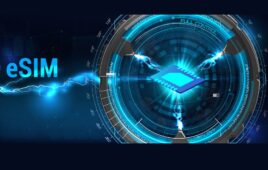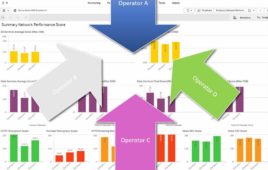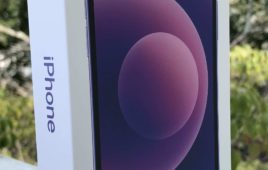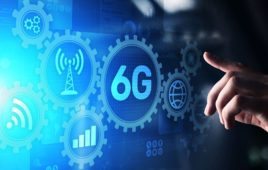This story has been updated to include Tracfone’s response to the FCC’s actions.
After a lengthy review of the FCC’s Lifeline program, which offers mobile phones to low-income consumers, the FCC late yesterday proposed more than $14.4 million in forfeitures against five wireless Lifeline service providers who apparently violated the commission’s Lifeline rules.
According to a press release, the violations involve thousands of consumers who had more than one Lifeline subscription from the same provider, resulting in duplicative support requests and payments.
The actions constitute the most recent step in the commission’s work to find waste, fraud, and abuse in the Lifeline program and preserve the overall integrity of the Universal Service Fund (USF).
Specifically, the Notices of Apparent Liability (NALs) were issued against: Icon Telecom, Inc. ($4,806,381); TracFone Wireless, Inc. ($4,573,376); Assist Wireless, LLC ($2,203,977); Easy Telephone Services d/b/a/ Easy Wireless ($1,586,545); and UTPhone, Inc. ($1,234,456).
In each case, the FCC contends that the carrier knew or should have known, based on its own internal data, that the consumers were ineligible under Lifeline program rules. The penalties proposed in today’s NALs are in addition to recovery of USFs paid to the carriers for duplicative Lifeline service.
The commission says its rules prohibit, among other things, Lifeline service providers from requesting and/or receiving support for consumers who already receive Lifeline service. The Commission also requires Lifeline service providers to carefully monitor their compliance with the Lifeline rules and recently cautioned that non-compliance would result in enforcement action.
For the apparent violations uncovered in these cases, where the providers should have discovered the duplicates on their own, the NALs adopt a forfeiture framework, including: (1) a separate forfeiture of $20,000 for each unlawful payment request seeking USF support for ineligible Lifeline subscribers; (2) a $5,000 forfeiture per ineligible subscriber; and (3) an upward adjustment of three times the total duplicate USF support payments requested and/or received.
In a statement, acting FCC Chairwoman Mignon Clyburn, said the goal of the forfeitures was to be “tough, but fair.”
“The fines in these cases are purposely large,” Clyburn said. “However, I want to ensure adequate deterrence without harming the legitimate service these providers bring to their subscribers. Accordingly, I have instructed the Enforcement Bureau to carefully consider the companies’ responses to these NALs.”
Clyburn said the ultimate objective of the action was to eliminate fraud, waste and abuse, while preserving and promoting the availability of communications services to those in need.
Tracfone released a statement, saying that the FCC’s proposal only involved 850 people out of 4 million total Lifeline customers.
“We will respond to the FCC at the appropriate time. However, we do not believe that our conduct violated any rules or that the proposed FCC action is warranted,” the company said, adding that the company has proposed many reforms to prevent waste, fraud and abuse of Universal Service Fund resources. “Some of those proposals were included in the FCC’s 2012 Lifeline rules. And TracFone continues to propose additional fraud prevention measures including a ban on in-person distribution of handsets associated with Lifeline services.”




